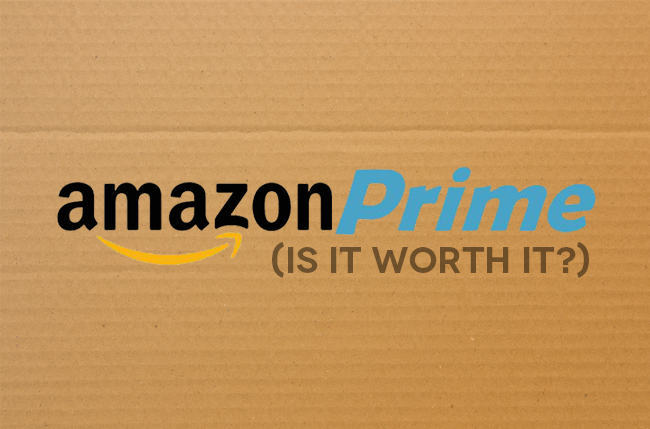
A couple of weeks back Tom Szkutak, Amazon’s chief financial officer, said during an earnings call that the company was considering increasing Prime’s annual subscription fee by up to a whopping $40, taking it to $119 a year. At the least, Szkutak said it was likely to go up by $20.
Hardly surprisingly, the size of the proposed hike was enough to cause many current Prime users to choke on their coffee, as the majority of the comments on our article on the subject showed.
Now we have the results of a survey to peruse too, and, you guessed it, Prime members are none too happy about the idea of a possible 50 percent increase on the service, despite the fact that there’s never been a price rise in Prime’s nine-year history.
Consumer Intelligence Research Partners (CIRP) polled 300 recent Amazon customers across four days last week, with 94 percent claiming they’d have little issue with renewing their year-long membership if its cost stayed at the current $79.
However, if Amazon decides to bump up the fee by $20, 58 percent indicated a likelihood of renewal, while a $40 hike saw the figure drop to just 24 percent.
Eric Sheridan, an analyst for UBS Securities, which commissioned the survey, commented on its findings, saying, “If Amazon were to raise Prime fees, such a fee increase might need to be accompanied by either a) a higher level of value in the service offering (additional media content, streaming music and/or Fresh (supermarket) offerings) and/or b) an increased level of marketing around the perceived value of Prime to the general public.”
Szkutak said the reason for the likely hike, which would equal a monthly increase of between $1.67 and $3.33, was down to the rising price of fuel and other shipping costs, though judging by the results of CIRP’s survey, the e-commerce giant will either have to do a great job in selling it, or expect to lose a good many users when it’s introduced.
Amazon Prime gives members free, two-day shipping on particular items, together with unlimited streaming of Prime Instant Video content and access to the Kindle Owners’ Library.
[via Investors]


